Many are familiar with the workings of the private sector (that is, private businesses and multinational corporate conglomerates). Many are familiar with the workings of the public sector (that is, local, regional, and national governments along with their numerous bureaucratic agencies). Many are not quite so familiar with the inner workings of the social sector (that is, an assortment of nonprofit organizations, charities, and foundations). Yet, the significance of the social sector should not be minimized. The societal impact of the social sector is far-reaching. Social-sector organizations fulfill the societal role of bridging the gap or attempting to meet those societal needs not fully met by the private or government sector. The social sector, variously, is referred to by different descriptions such as the nonprofit sector, independent sector, charitable sector, voluntary sector, third sector, nongovernmental organization (NGO) sector, or the civil society (as depicted in the social-economy image below).

Similarly, many are familiar with higher-education degree programs for the study of private-sector business operations (that is, the business administration degree). Many also are familiar with higher-education degree programs for the study of public-sector operations (namely, the public administration degree). Gradually, colleges and universities are beginning to develop degree programs for the study of the social sector (namely, the nonprofit management degree).

Successfully running a social-sector organization is as challenging as the challenge of successfully running a private corporation or a governmental agency. The next three graphics provide a general overview of the societal impact of the social sector and how organizations within the social sector generally are structured.
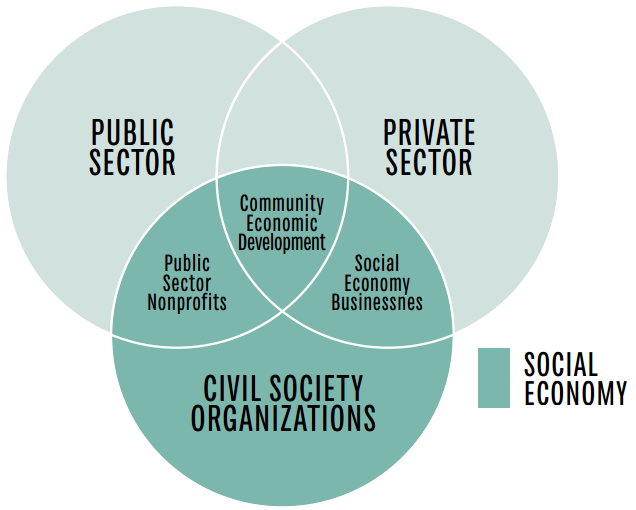
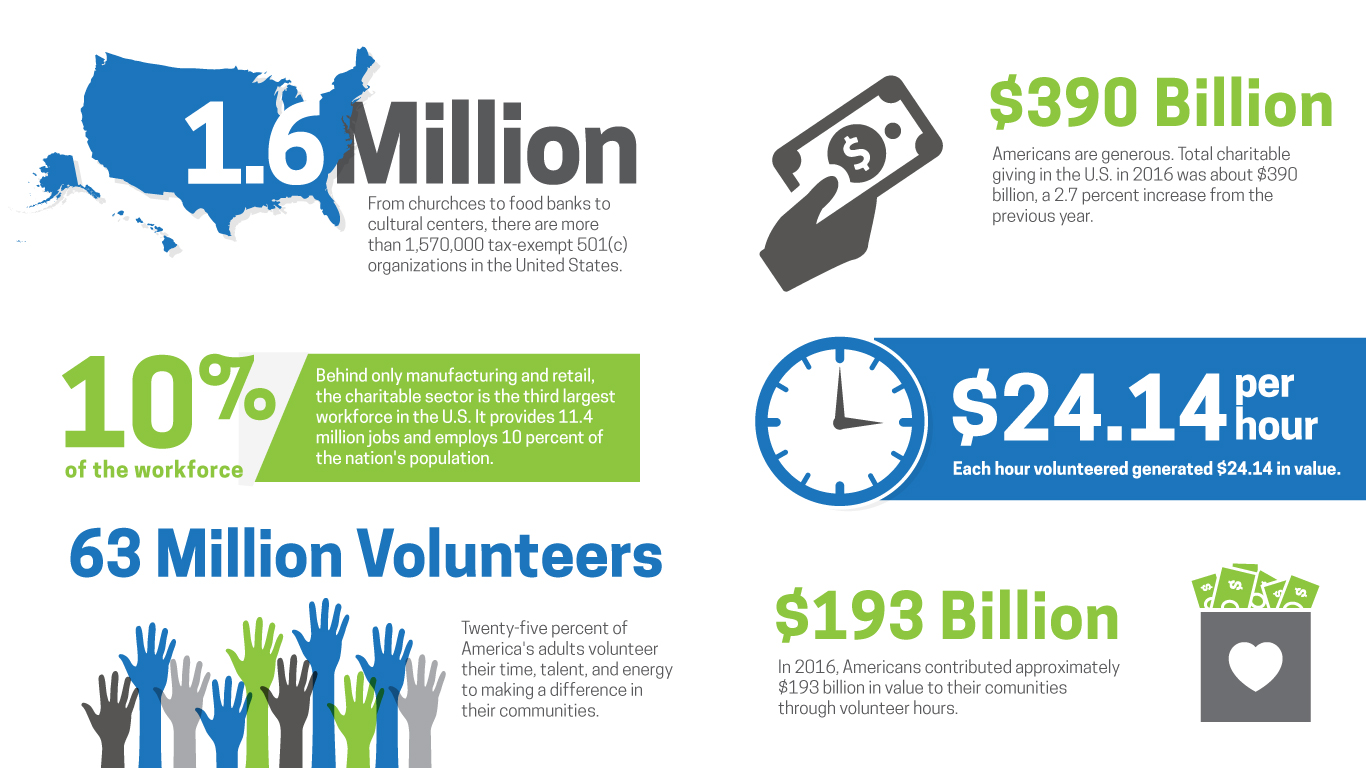
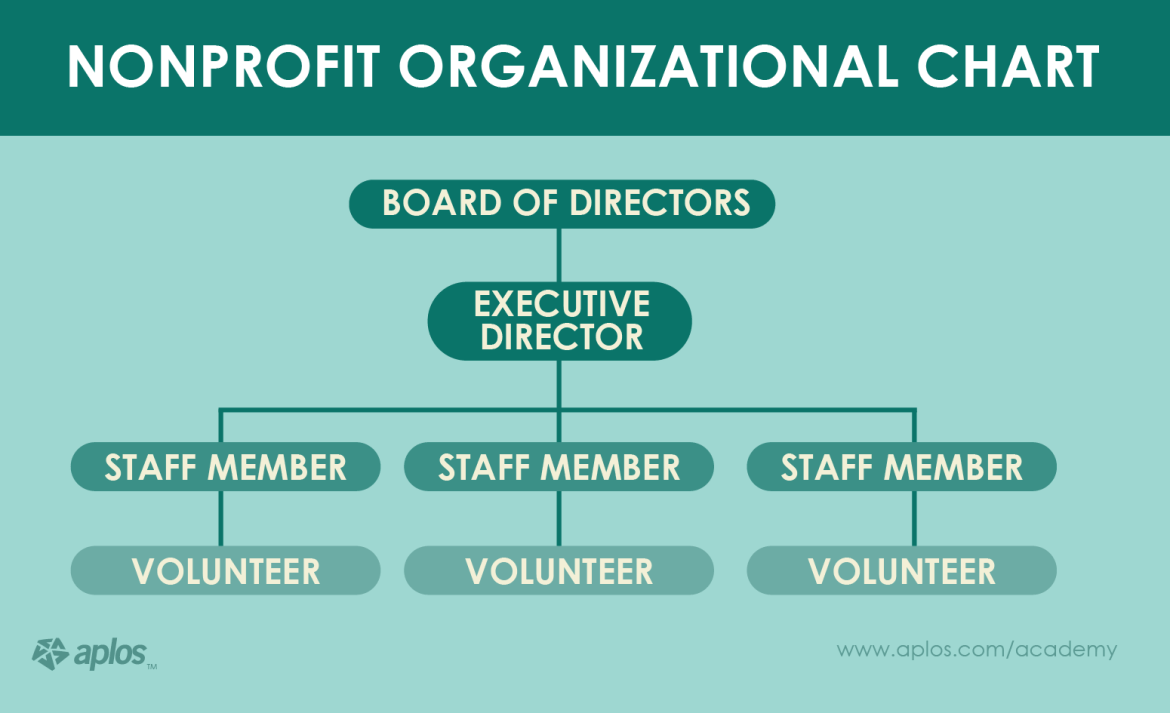
The most distinctive trait of a social-sector organization is the fact that it does not exist to earn a profit (unlike the case of private businesses) nor does it produce uniquely public goods and services (unlike governmental agencies). Rather, social-sector organizations exist to foster a wide assortment of worthwhile societal causes. The next graphic broadly categorizes these worthwhile societal causes.
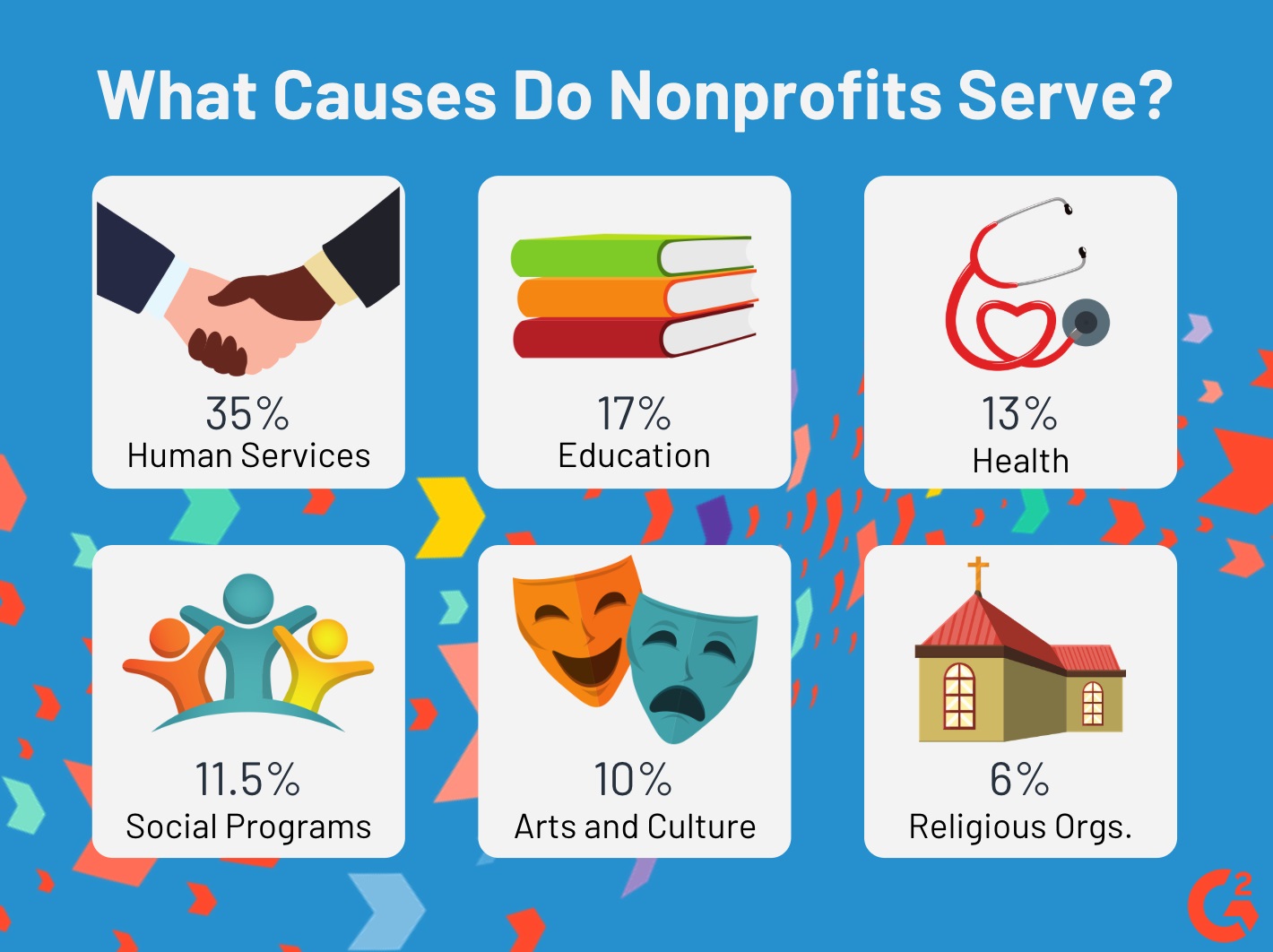
A distinction should be made between the different kinds of organizations comprising the social sector. Broadly speaking, the social sector is comprised of three types of organizations. They are nonprofits, charities, and foundations. The next two graphics give an overview of the key differences between these three types of organizations.
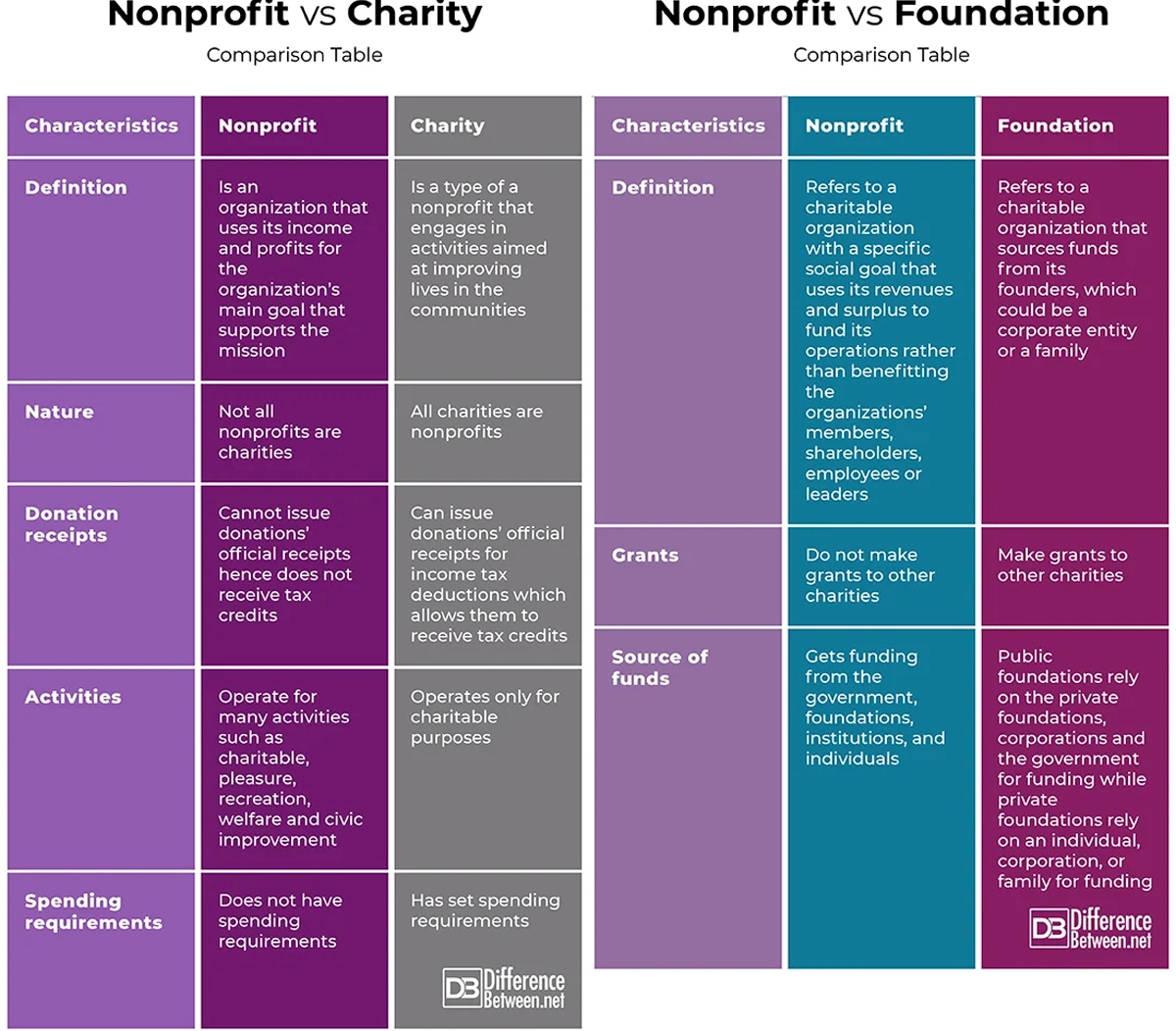
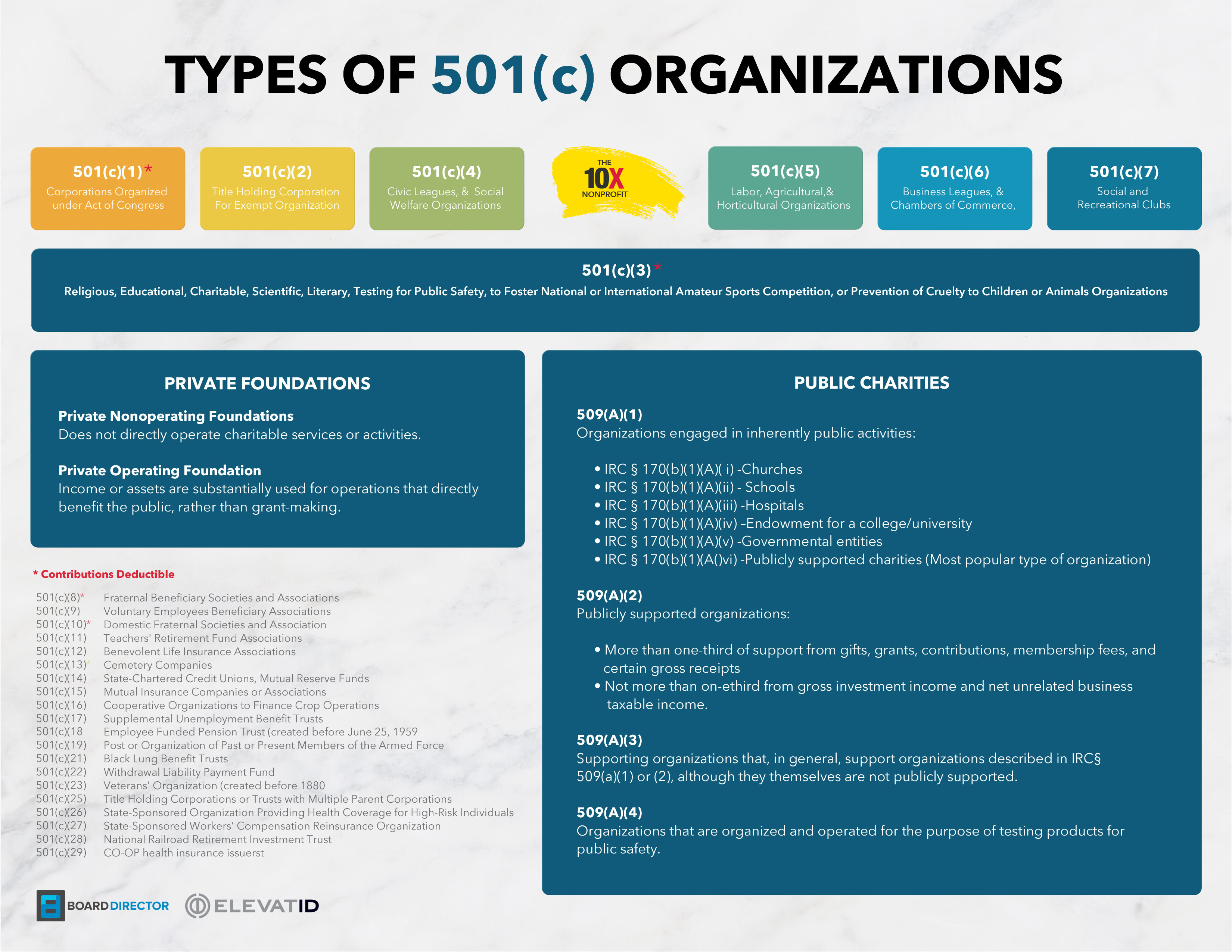
Social-sector organizations do a tremendous amount of good to benefit their target recipients and to uplift society. Many of those who are affiliated with these three types of organizations find their missions and their work to be quite inspiring. A lot of work is involved in successfully running a social-sector organization. The next two graphics sketch a general outline of the work involved in starting and successfully running a social-sector organization.
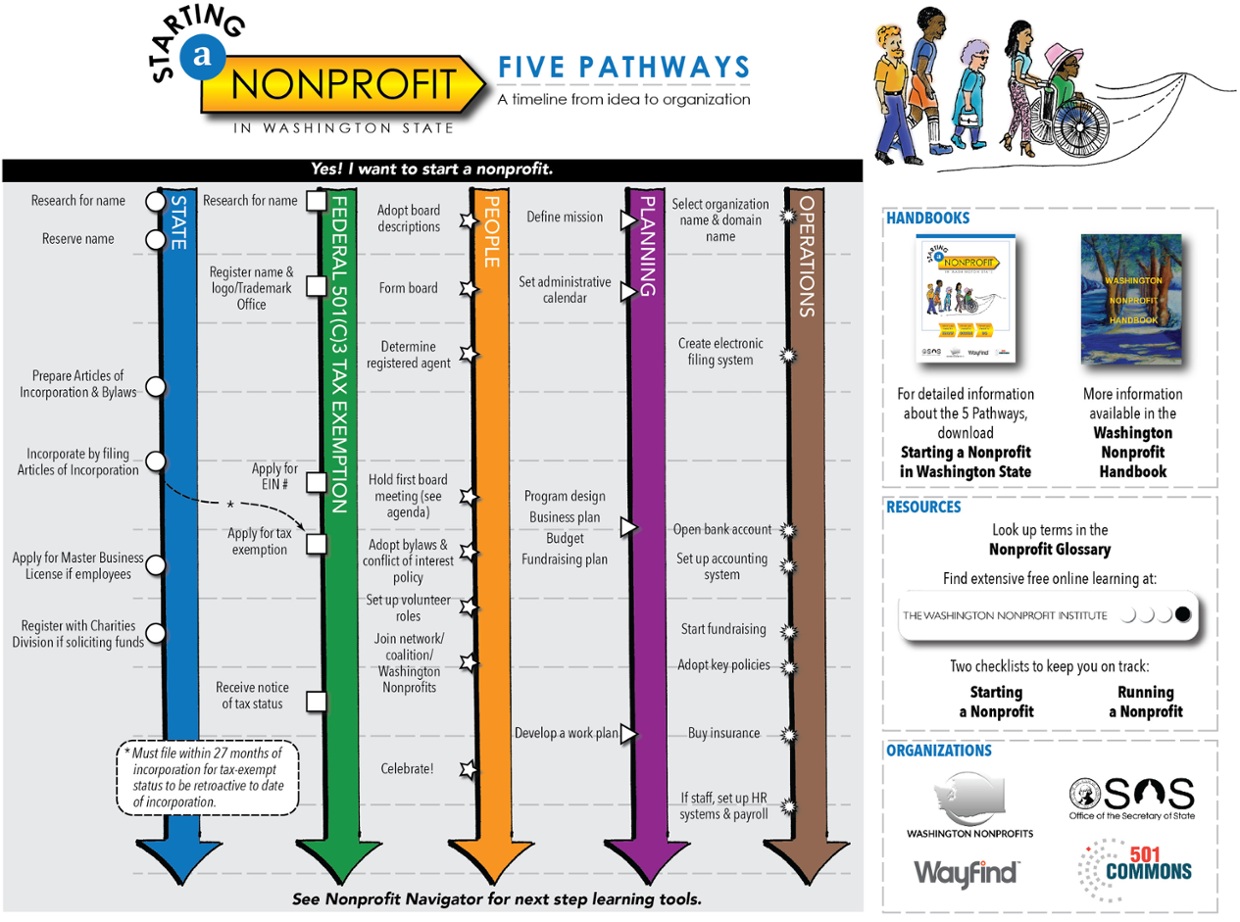

Among other tasks, websites such as CharityWatch and charitynavigator.org, maintain statistics about reputable charities. For instance, not only does the Charity Navigator website contain a potpourri of information about different charities, nonprofits, and foundations but also it contains some very enlightening Top Ten Lists. These Top Ten Lists encompass an array of important social-sector-related topics and ratings. An all-important list among Charity Navigator's Top Ten Lists is the list of "10 Charities Overpaying their For-Profit Fundraisers." That is to say, it is instructive for donors to know what percentage of the organization's annual budget is spent on mission objectives versus the percentage that is spent on administrative overhead costs such as salaries, fund-raising fees, rent, marketing, and so forth.
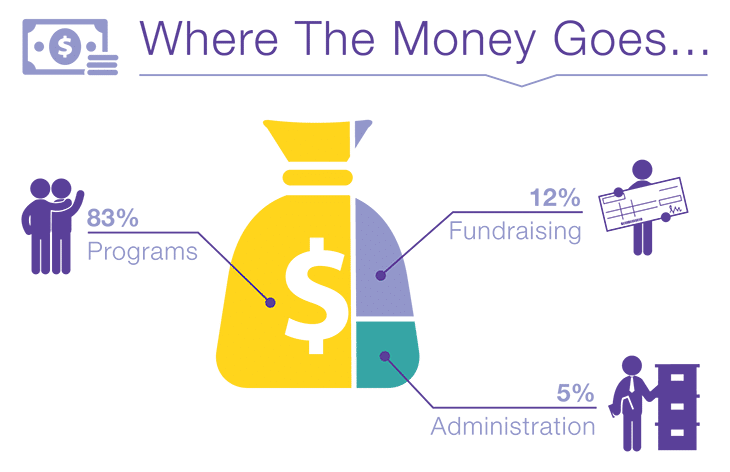

How does a social-sector organization measure its success? The ultimate measure of success for a social-sector organization would be the extent to which it measurably could gauge whether or not it is accomplishing its mission statement (say, using a rating scale consisting of does-not-meet, meets, exceeds, or far-exceeds measures against a (some) predetermined goal(s). A more tangible measure of success would be in gauging the amount of funding a social-sector organization is able to raise on a consistent and ongoing basis. The next two graphics represent an introduction to the balanced scorecard. These two graphics suggest that, in conjunction with achieving the organization's mission, there are several possible dimensions from which to measure the social-sector organization's overall success.
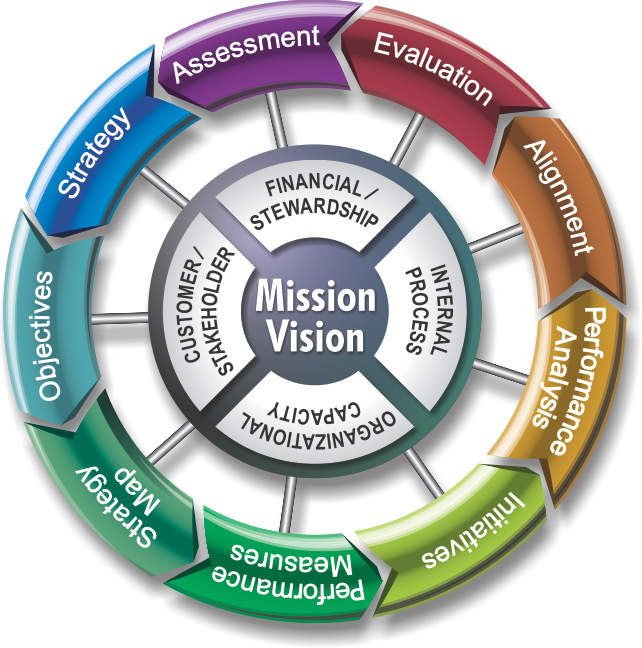

![The 4,5, and 7 Point Likert Scale + [Questionnaire Examples] The 4,5, and 7 Point Likert Scale + [Questionnaire Examples]](images/nonprofit/10-points-likert-scale-analysis.png)

Much like anything else in life, there is the good and the bad, the positive and the negative. With all of the good and positive things that these social-sector organizations do in the world, there always seems to be a darker side or an underbelly element somewhere out there prowling in the lurk and waiting for the opportunity to besmirch. The social sector has not escaped the clutches of this underbelly element. The darker side of the social sector comes in the form of unscrupulous actors who only seek to defraud those who donate to social-sector causes. The next video takes a look at some of these allegedly unscrupulous actors. The next graphic provides some tips and best practices to avoid becoming victimized by allegedly unscrupulous actors such as those depicted in the video below.

Watch (Top 10 WORST Charities!!)

To reiterate, websites such as CharityWatch and charitynavigator.org, maintain statistics about reputable and disreputable charities.
It finally must be emphasized that the good work within the social sector far, far outweighs the kinds of unscrupulous behavior of a minority of shady characters like those allegedly depicted in the video above. Virtue in the social sector overwhelmingly outweighs its known incidences of vice. Ultimately, for all of the social good being done in the world by those who participate in the social sector, their goal is to contribute towards the fostering of a more perfect Earth.
The Social Sector…Towards A More Perfect Earth

Scroll up